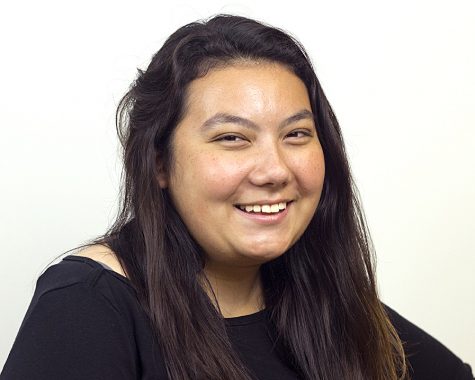Eastern has received some money from FY17, FY18 appropriations, still waiting on rest of the money
January 15, 2018
Though the university has not received all the money appropriated to it by the state of Illinois for FY17 and FY18, it is still getting it at a somewhat faster pace than originally thought.
“We are a bit ahead from an appropriations standpoint than where I projected we would be,” said Paul McCann, the interim vice president for business affairs, during Friday’s meeting of the Council on University Planning and Budgeting.
In July 2017, Eastern received the first $5 million from the Educational Assistance Fund, then another $11 million the state gave for FY17.
“I had originally said the 2017 money was going to take a while,” McCann said. “I still believe it’s not imminent, it’s not just around the corner, but (the state has) done much better than I ever thought they would.”
At this point, the university has gotten all but $3 million from the $16 million it was promised from 2017.
Regarding FY18, the university has received about $20 million, so it is still expecting the remaining $18 million.
For 2018, the original appropriation given to Eastern was $38 million. There is a provision in the first line of the appropriation that says if Gov. Bruce Rauner wants to, he can decrease this appropriation by five percent.
However, this five percent decrease has already been built into Eastern’s budget for the year, meaning no cuts would have to happen if it was put into place.
“With the way the state of Illinois has been working, it’s likely to happen,” McCann said, referring to the budget impasse and the state’s backlog of unpaid bills. “With all of those things put together, there’s just a lot of reasons they might say, ‘We’re going to save that money.’”
If the governor does not cut the appropriation, this means the university would have another $2 million to add into its budget for 2018.
With this money, McCann said he would like to refund some of the reserves the university has spent.
According to a preliminary draft of the university’s financial statements, it has about $9 million in reserves, with $6 million recovered in the last year.
“We have to figure out a way to make it from FY18 from June through the start of school next year,” McCann said. “We are working very hard to make sure that this budget, the way it’s set up, will take care of that. We will be fine.”
Though the university has reduced expenses, it still has to be conservative until it knows the state is going to be “on track and giving us a budget and paying us” as it should be paid, McCann said.
“The biggest thing going forward is if we can put ourselves in a position where we don’t have to rely totally on that money to make it through the summer, we’ll be in much better shape,” he added.
The bottom line, McCann said, is enrollment.
“It’ll take care of a lot of problems if we get more students here,” he said.
Most of the 2017 money comes from tax money. The state had a problem paying it to the university because it was $16 billion behind in paying its expenses. When the state borrowed $7 billion and there was an increase in the income tax, it helped with cash flow.
McCann said though the state still has not paid down about $9 billion of their back-logged bills, they are a little caught up.
Money being given to the university is going into current operations, McCann said. The funds given to Eastern from 2017 have already been spent and now are being reimbursed to the university.
In December, the state gave Eastern the Monetary Award Program grant money for the fall semester. It has made a commitment to give the money for the spring semester in May or June, McCann said.
“That’s student money—that’s the scholarships, the grants that the kids get, that goes to pay their tuition,” McCann said. “What the state finally did was give us that money so we could put it against the students’ accounts.”
On Jan. 17, Eastern President David Glassman, along with other university presidents, will be back in Springfield, though this will be to talk about enrollment and marketing practices that are taking place, not the budget situation.
However, like the last spring semester, Glassman said different groups in Springfield are still asking the university for “all kinds of different data.”
Four universities, Illinois State University, Southern Illinois University-Carbondale, Southern Illinois University-Edwardsville and Eastern, have been asked to present to working groups on higher education in the state legislature.
Cassie Buchman can be reached at 581-2812 or [email protected].



















































